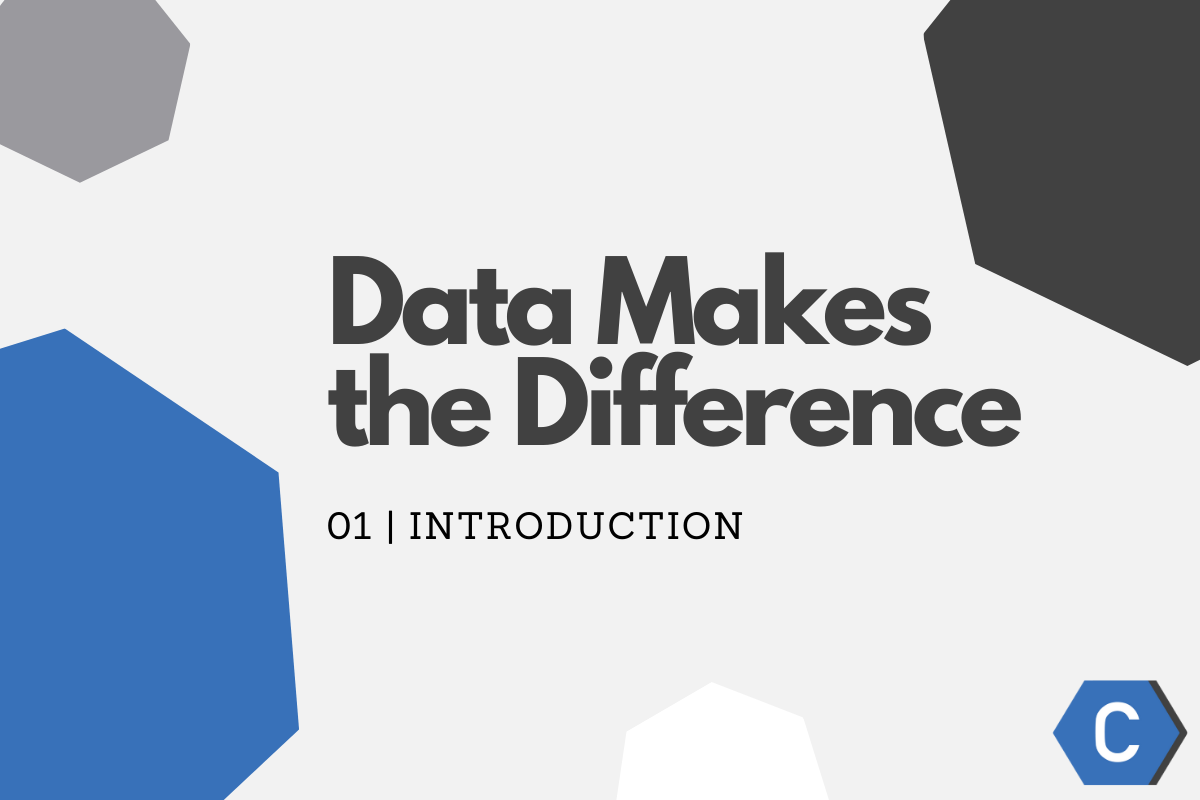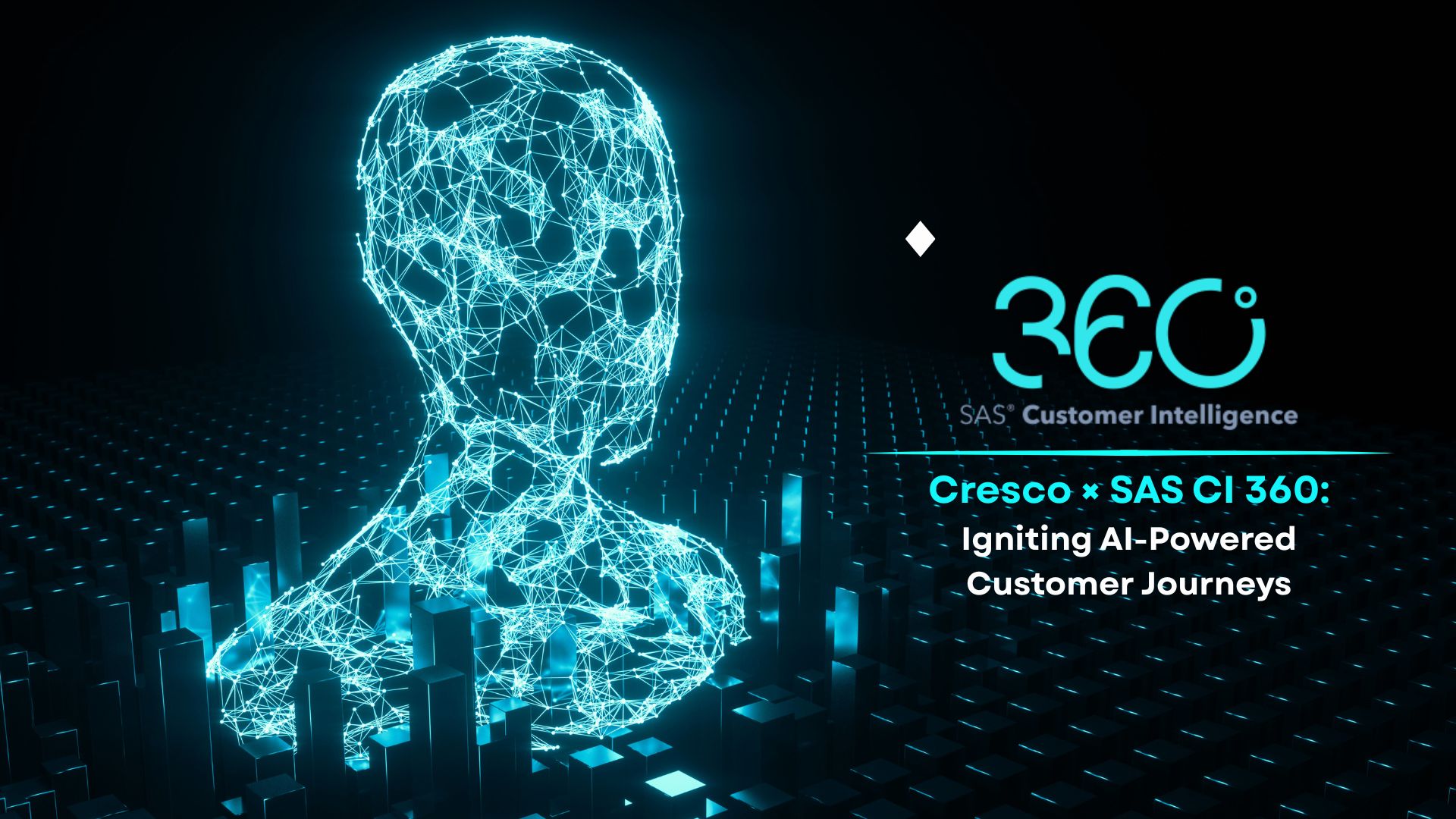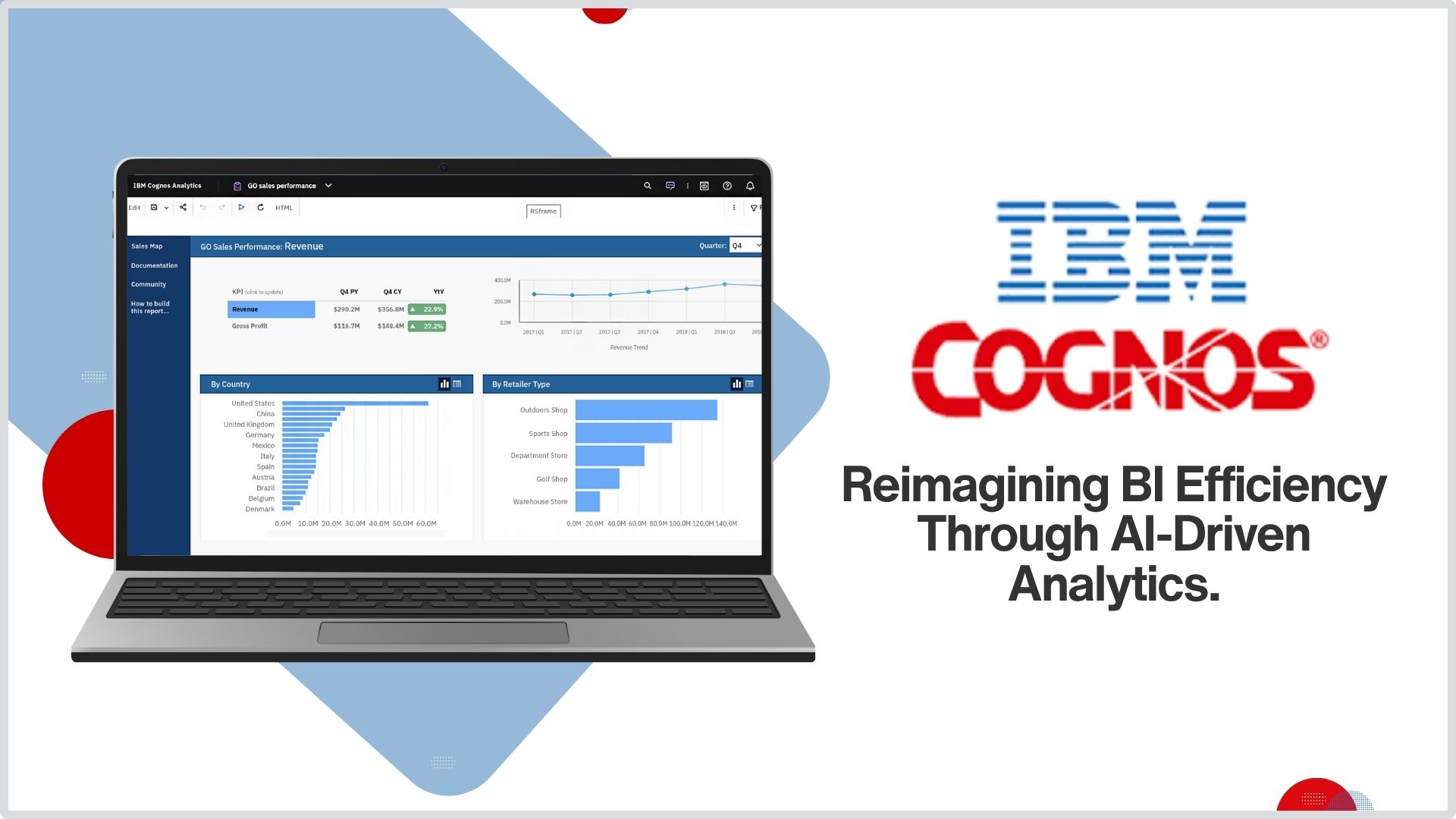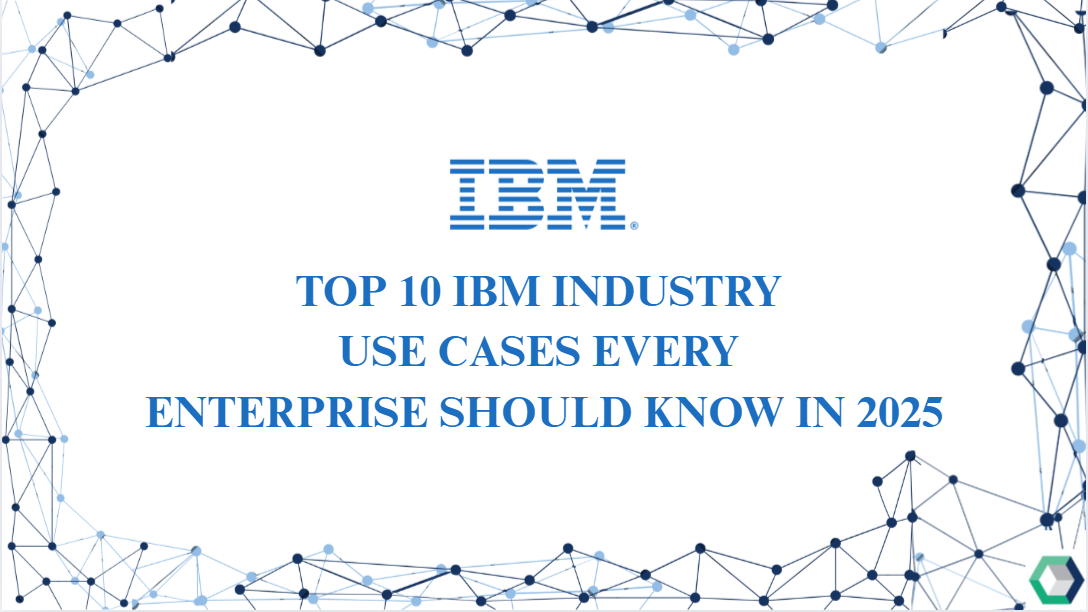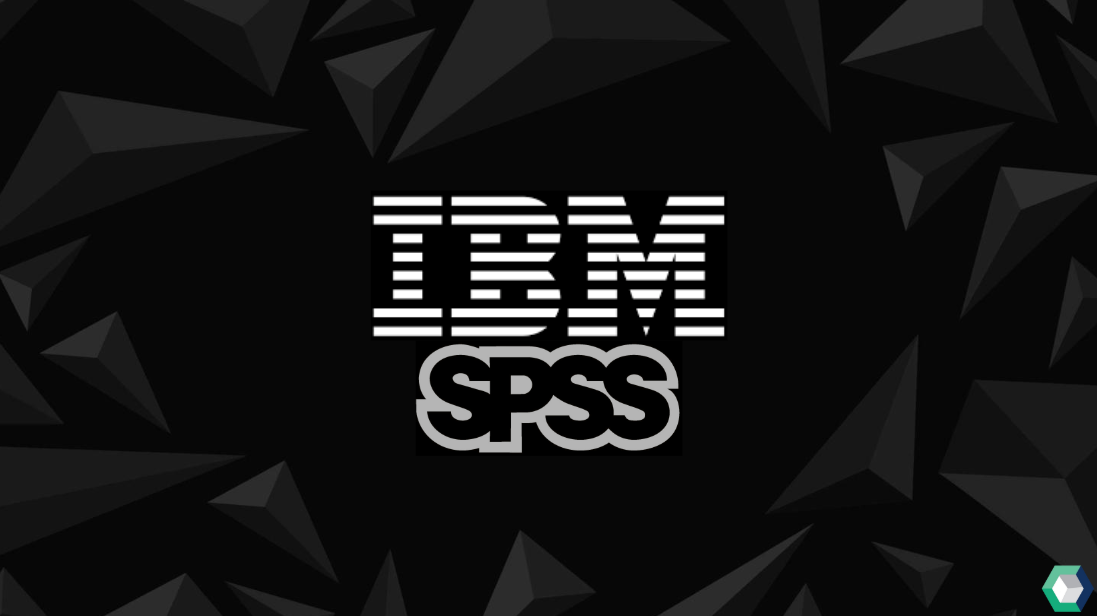Amazon killed traditional retail, correct?
It’s ingrained in American culture. I’m surprised it has not become a verb yet (I “Amazoned” it – terrible, for sure). While the ubiquitous nature of the e-commerce giant makes it seem like it has taken over most consumer sales, an eMarketer study shows that all e-commerce sales are only about 10% of all traditional retail sales. Plus, they note to expect retail sales to grow by about 2% in 2020. This growth leaves a massive opportunity for retailers, but it does not mean that the headwinds aren’t blowing right into their faces. To succeed now and in the future, they need to understand the wealth of data they have about their consumers and confront the limitations of that data given the partial anonymity of the traditional retail shopping experience.
One of the critical reasons Amazon has been able to assert its dominance in the e-commerce space is due to its effective use of data. Their use of data so effective has veered into the unfair and possibly illegal. Amazon, like all online sellers, knows something about each of its customers since the purchase requires payment and shipping information. But most online sellers know a lot about their customers – thanks to tracking technology, they know far more than customers would like them to. A traditional retailer may not know anything about a customer who walks into their store and makes a cash purchase. The lack of understanding about a customer and their needs presents a significant disadvantage, but it can overcome those obstacles through the thoughtful use of programs and data analysis techniques. Let’s discuss a few examples.
A common, but certainly not new, technique for knowing more about retail customers is a loyalty program. One of the oldest examples of this type of program was started in 1896 by Sperry & Hutchinson. S&H Green Stamps were awarded on purchase and were able to be cashed in for value once a certain number were collected. Modern loyalty or membership programs work on a similar premise (“gamification”) but have a significant advantage; since most are administered electronically, they can collect data that can be individually attached to a consumer. Interesting information such as purchasing preferences, spending amounts, marketing eligibility, purchasing frequency, and “home” stores are derived from the data collected by these programs.


